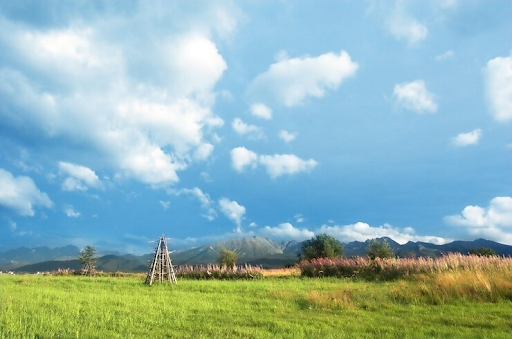Knowing what image optimization in SEO is like pictures is perfect for search engines. We all know a picture is worth a thousand words, but in the world of SEO, optimized images are worth their weight in gold!
Buckle up because GetFound will show you how to make your website’s images SEO superstars! Let’s jump right into it!
Also Read: How to Handle SEO?
Why is Image Optimization in SEO Matters?
Imagine a website filled with stunning images that take forever to load. Frustrating, right? Search engines hate slow websites, too! SEO image is all about making your website’s pictures look good to search engines; they can help bring more people to your site. You can do this by:
- Resizing and compressing images
- Naming your image files with clear descriptions (descriptive image text)
- Adding alt text to describe your images
Why does this matter? Because when search engines like Google can easily find and understand your images, they’re more likely to show them (and the pages they’re on) to people searching for related stuff. That means more eyes on your site!
Optimizing your image helps ensure your website loads quickly and delivers a smooth user experience. But optimized images aren’t just about speed; they also help you with:
1. Boost User Engagement
High-quality, relevant images grab attention and keep users engaged with your content. Using high-definition resolution images in web format will make your website load faster with less memory usage.
2. Reduce Bounce Rates
People like a fast website. Optimized images help keep visitors on your page for longer, lowering bounce rates (the percentage of people who leave after just one-page view).
Related: How to Put SEO Keywords on Website?
What is Image Optimization in SEO?

So, how can you make your website’s images SEO-friendly? Here’s your action plan:
1. Descriptive File Names
As GetFound mentioned above, using descriptive image names is crucial. Don’t settle for “IMG_0001.jpg.”
Instead, use descriptive file names that tell search engines (and humans) what the image is about. For example, “chocolate-chip-cookie-recipe.jpg” or using your targeted keyword is much more informative than a generic name.
2. The Power of Alt Text
Alt text is a short description that appears when an image can’t be loaded. It’s also crucial for accessibility, helping visually impaired users understand your content. Use clear, concise alt text that accurately describes the image content.
3. Finding the Right Balance
Learning about image optimization in SEO also helps you find the right balance in the SEO world. High-quality images are great, but keep them from slowing down your website!
Compress your images to reduce file size without sacrificing significant quality. This ensures fast loading times and keeps search engines happy.
4. Choosing Your Weapon
Image format matters! WEBPs and JPEGs are ideal for photos on your website, while PNGs are better for graphics with sharp lines and text. GIFs are great for animations.
Understanding the strengths of each format helps you choose the best one for your images.
Taking Image Optimization to the Next Level

Here are some additional technical considerations you need to know in optimizing your image:
Also Read: How SEO Helps in Business?
1. Responsive Images
With so many people browsing websites on mobile devices, it’s crucial to use responsive images that adapt to different screen sizes. This ensures a seamless user experience no matter how someone accesses your website.
2. Schema Markup Magic
Another benefit of learning about image optimization in SEO is that it helps search engines understand what your images represent, potentially leading to richer search results.
Schema markup provides search engines with additional information about your content, including your images.
3. Image Size Matters
Large images take longer to load. Resize your images to appropriate dimensions for your website layout while maintaining good quality.
Tools for Image Optimization Champions (Optional)
Several tools can help you optimize your images for SEO:
- WordPress Plugins: WP Smush and EWWW Image Optimizer can compress images and improve loading times.
- Online Warriors: Websites and tools like TinyPNG and Canva offer online image compression and resizing options.
By implementing these image optimization techniques, you can significantly improve your website’s SEO performance. Remember, it’s a win-win. Search engines love optimized images, and users enjoy a faster, more engaging website experience.
If you’re ready to make your website’s images shine without learning about image optimization in SEO, GetFound can help! We’ll guide you through image optimization strategies and ensure your website’s visuals are SEO powerhouses.
Book a consultation today and watch your website climb the search engine ladder with the power of optimized images!
Stay in the loop with daily SEO tips! Follow us on Instagram, LinkedIn, and our website.





